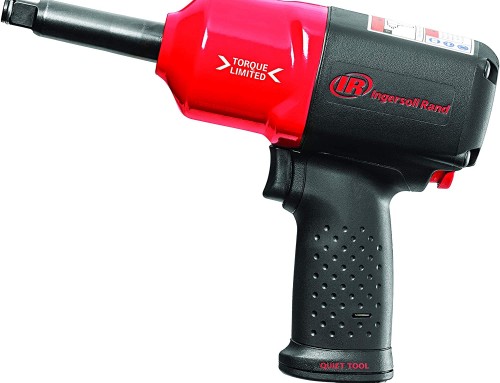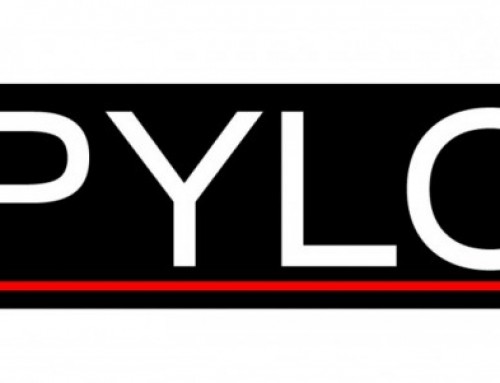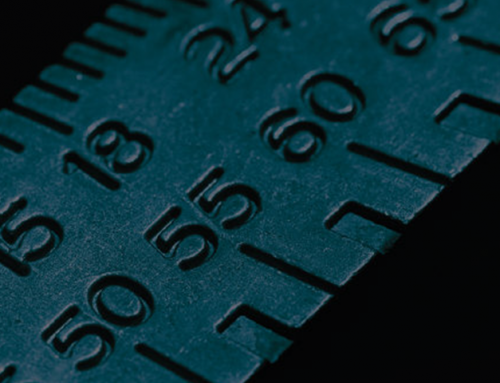Why do I need a calibration provider – I can do it myself?
As a follow-up to my last blog, Common Calibration Questions, I felt the above question was another valid one to address. It is something clients have asked when they start to look at calibration services from a financial point of view.
My answer usually starts with “Maybe, but have you considered…”
There are some calibrations you could perform yourself. They are quite simple and straightforward and do offer the flexibility of getting certain tools tested in a timely manner. This is especially true when you are looking at simple hand tools that are used daily and turnaround time is a big concern. Take the calibration of calipers for example. With the purchase of a gauge block set, one could, in fact, perform calibrations in-house. But then, who would calibrate the gauge block set and what is truly involved in the “simple calibration”?
This opens up a new set of questions and things to consider.
The cost of calibration services is usually the main starting point for clients asking the question “can’t I do it myself” in the first place. But aside from the cost to purchase the standards required to perform a calibration, there is also the cost to maintain those standards – sometimes referred to as the “Cost of Ownership”. They will require outside calibration themselves in order to maintain accuracy and traceability. Ah yes, traceability! The next big area to look at and consider.
“Traceability is the property of the result of a measurement or the value of a standard whereby it can be related to stated references, usually national or international standards (SI), through an unbroken chain of calibrations (the paper trail) all having stated uncertainties.” – NCSLI
In a nutshell, if you plan on performing your own calibrations, you will also have to prove traceability on your own equipment. Calibration service providers take care of this for you by maintaining the standards and ensuring the “unbroken chain”.
Standards are only one part of the equation. There are other costs to consider. You need to ask yourself the following questions:
- Do you have a qualified person in place to handle your internal calibration needs or will they need external training? Or do you need to hire someone with experience? Do you need a “backup” person trained as well?
- Do you have the proper calibration procedures in place, both to handle the physical work along with any Quality documentation that may be required? Some OEMs do not provide procedures, while others will through the purchase of a service manual.
- If a unit is found to be out of tolerance, are you able to perform the necessary adjustments and alignments?
- Do you need to purchase any special adapters or tools to aid in the adjustments?
- Do you have the necessary environmental controls in place within your calibration area or do you even require them?
- What about the tracking calibrations you have performed and record keeping?
As you can see, there are a lot of moving parts to consider when looking into performing internal calibrations rather than outsourcing them. An external calibration service provider already has these systems in place. They already have the standards, the means to track their histories, the quality systems, the traceability and the trained personnel to handle the work. In the vast majority of cases, a qualified calibration service provider offers excellent value and allows the users to focus on the important tasks and challenges of managing their respective businesses.
Written by Penny Leimbrock, Technical Manager for Pylon Electronics Inc – Mississauga




